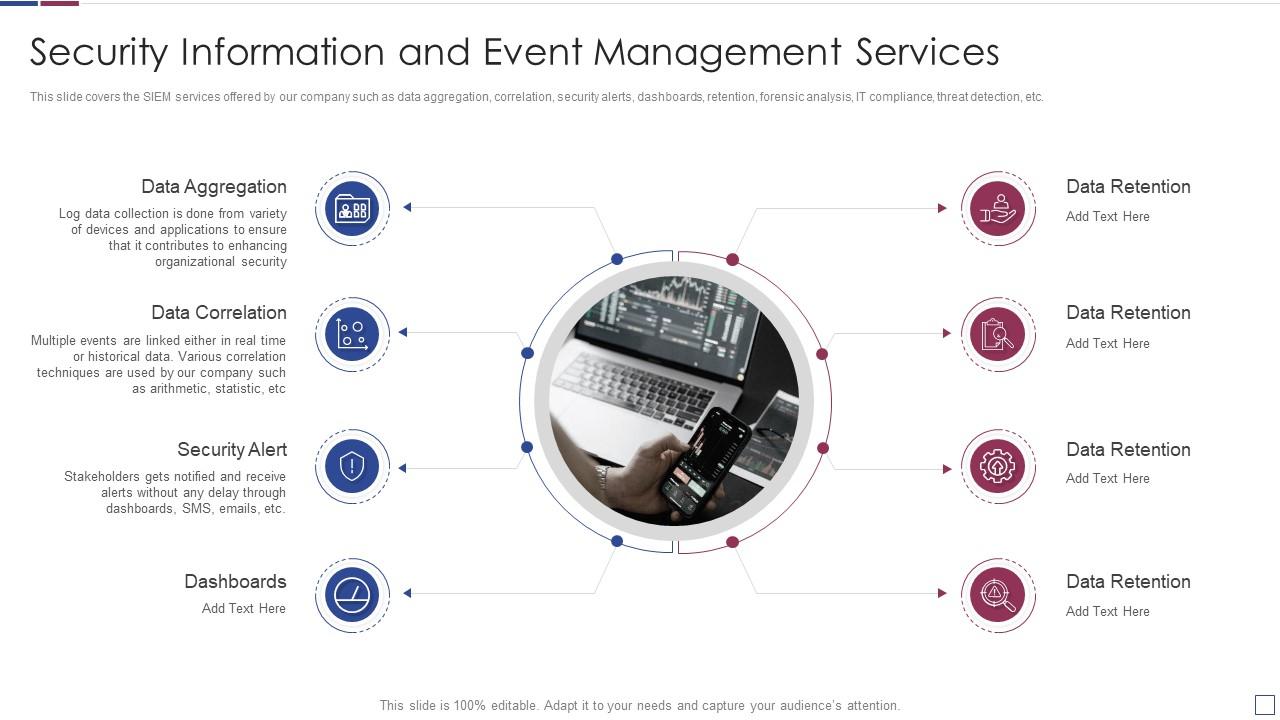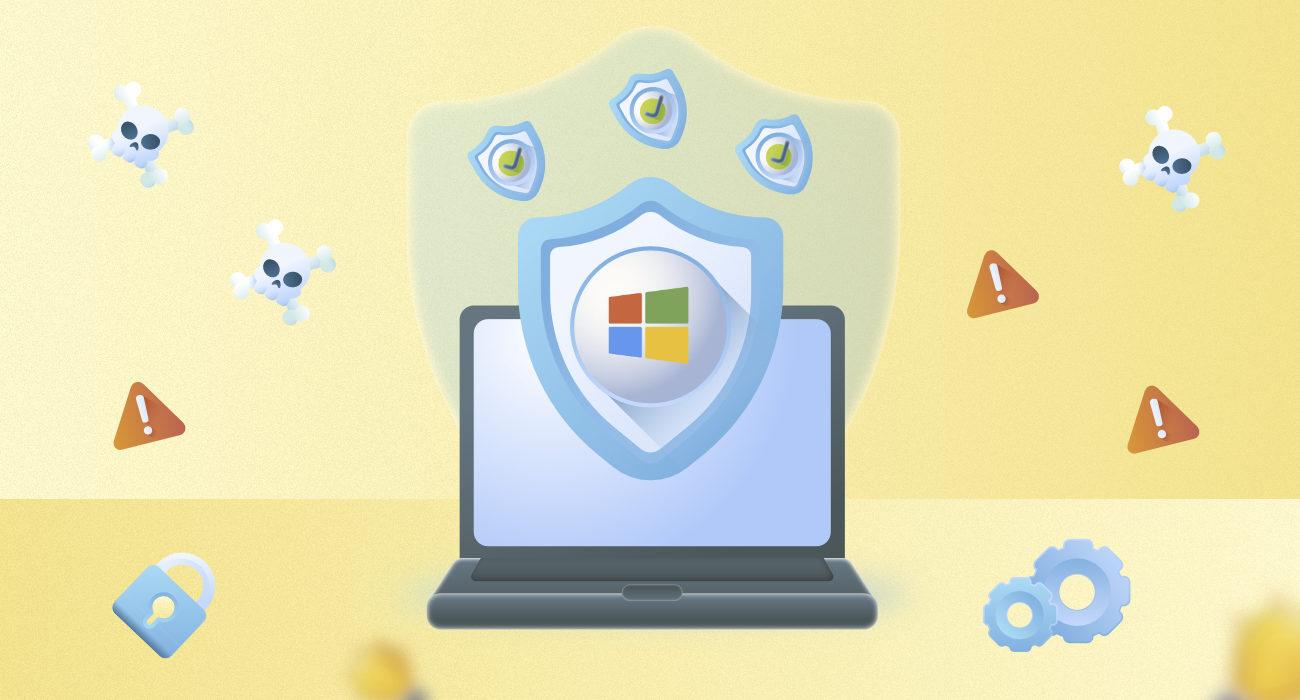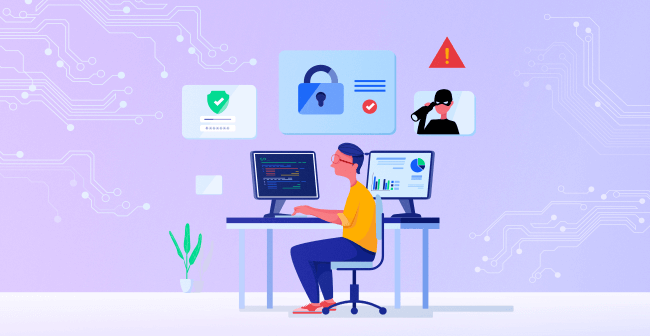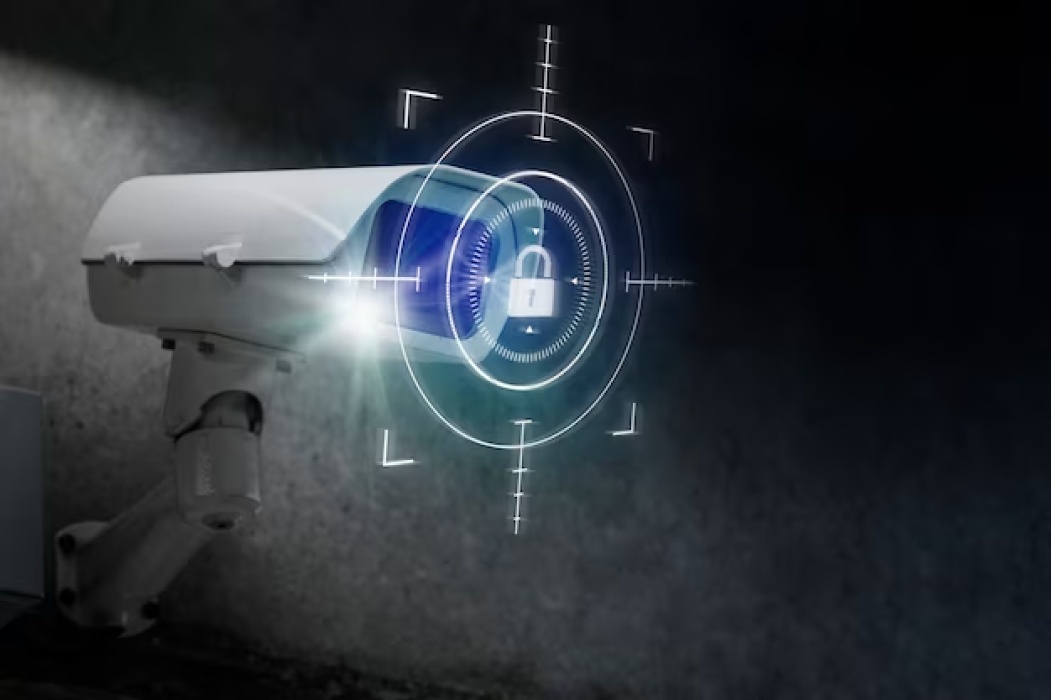According to a survey performed by HiD, 54% of companies have already switched to mobile access or see mobile access in their future. mobile security technology is causing a revolution in the security sphere.
This guide will cover the top technologies causing experts to conclude that mobile security technology is the future of security. Keep reading for information on all the benefits of mobile technology in security.
How Are Mobile Technologies Being Used In Security?
Smart home technology and IoT technologies have been around for many years, allowing added convenience in daily operations. Controlling lighting, heating, and devices using your mobile phone will enable you to create a more convenient and energy-efficient building.
What happens when we apply the same capabilities to security?
Security systems can cause inconvenience when users cannot gain entry to buildings or when visitors are left waiting for someone in the building to grant them access using a key card manually. Cloud-based security systems have paved the way for mobile applications that allow security staff and system administrators to:
- View video feed and security data from anywhere.
- Lock and unlock doors from anywhere.
- Receive real-time alerts on security events from anywhere.
Read on as we further discuss the benefits of mobile technologies in security.
Top Capabilities of Mobile Security Technology
Cloud-based security has paved the way for mobile security technology. It can enhance convenience and save time for security staff. A quicker response to security incidents is vital. Here are the full capabilities of mobile technology in the security sphere.
Frictionless Access Control
If your security system causes inconvenience, this could eat up valuable employee time. To keep traffic movement fluid throughout your premises, you should consider investing in a mobile access control solution.
Mobile access control ensures that traffic moves quickly into your building using Bluetooth communication. If building users are standing at the entrance rooting around in their bags and pockets to retrieve their keycard or mobile, this could cause a queue to form.
All users must simply wave their hands in front of the access reader to gain entry with Bluetooth communication. By waving their hand, the user triggers the device to communicate using Bluetooth and detect their access credentials, meaning that users can enter the premises while carrying multiple items.
Real-Time Security Notifications
Time is a critical factor in preventing a security event. Having real-time security notifications allows your security staff to instantly take action when your system detects gunshots, broken glass, smoke, or fire in your building.
With real-time security notifications, you can establish better emergency response procedures. If you pair your mobile-based alarm system with a mobile-operated security system, your staff will be able to initiate lockdown procedures immediately following a security event.

There is a thin line between effective emergency response and ineffective emergency response, and quite often, time is one of the significant factors influencing the success of emergency procedures. So, mobile technologies that facilitate real-time security notifications are a worthy investment for any security strategy.
Remote Operation of Security Installations
Operating your system remotely using your mobile phone vastly increases the convenience of your security strategy. Consider the following circumstances where it may be necessary to visit the site and manually operate security installations:
- A tenant or employee cannot enter the building - in this case, you would have to visit the location with an access card to open the door.
- A door is left unlocked - if your door is unlocked, you will need to manually close and lock it to prevent a security event from occurring.
- A visitor needs access to the building - since visitors will not have access credentials, you must visit the site in person and let visitors or contractors into the building.
In these instances, visiting the site in-person may detract from other responsibilities. Suppose a security team must visit the building entrance numerous times throughout the day to handle these incidents. In that case, this could consume a large chunk of their time, which may be better spent focusing on high-priority tasks. With mobile security technology, your security staff can grant access to the building and lock doors throughout the building using a mobile application, and you can do this from anywhere.
Remote Analysis of Security And Video Data From Anywhere
One of the critical vulnerabilities in any access control system is the potential for access credentials to be stolen and used by unauthorized persons. This vulnerability can be managed using intercom systems with video capabilities for identity verification.
By integrating access control with video feed in a mobile security system, you can view access logs and video feed information on one user-friendly interface for multi-factor authentication. Having both sets of data housed on one interface can save a lot of time, which you would otherwise spend correlating data and timestamps from two different sources.
Since security and administrative staff have many responsibilities, they cannot consistently monitor this information to verify user identity. However, they can receive alerts when access is requested, allowing them to verify user identity without consistently monitoring the data easily.
Mobile technologies enable easier identity verification processes, mitigating the security risks associated with access control.
Improving Space Management
Since the pandemic, it has become crucial for businesses to ensure no overcrowding in their commercial buildings. Overcrowding can inhibit social distancing and is now considered a hazard in the workplace.
With mobile technology paired with occupancy management software, security staff and system administrators can receive alerts when occupancy surpasses optimal levels. This allows security staff to take swift action and mitigate the overcrowding by restricting further access to that space.
What Are The Benefits of Mobile Phones In Security?
Now that we have covered some of the functions that mobile technology can offer in security, let's discuss some of the overarching benefits of mobile technology for your security strategy.
- Efficiency - in a security emergency, critical staff members and system administrators may be off-site. They need a way to communicate with on-site staff members for a quick response. With mobile security technology, they can initiate lockdown procedures and emergency evacuation procedures quickly using their mobile device.
- Easy deployment - if your building uses a cloud-based security system, you can easily integrate mobile security technologies with your existing system. Easy deployment means fewer billable hours for your security installation expert.
- Cost-saving - managing key cards can be time-consuming and cost-ineffective. Your staff is responsible for collecting keycards from users if they no longer work or live there. You will also have to pay for the replacement of cards and create new cards. With mobile security technology, your system operates using devices that all users already carry around.
- Increased security - by combining access control and video feed on one mobile-friendly interface, you can easily verify your identity. Access control isn’t completely secure, but you can ensure that only authorized personnel can enter your building with identity verification.
- Facilitates remote work models and remote property management - if you need to manage a building from a long distance, and need a clear understanding of your building’s security, then mobile technology can provide you with the clarity you need. You can operate building security and view security data without visiting the site.
What Are The Disadvantages of Mobile Phones In Security?
A few disadvantages come with the enhanced convenience of a cloud-based system that enables mobile operation. As with any security system, you must address some vulnerabilities to provide airtight security. With mobile-enabled security, you must address the following vulnerabilities and concerns:
- Cybersecurity - if you have a mobile-operated security system, you need to ensure that a third party cannot gain access to remote features and data in a cyber attack. If this function is intercepted, it could lead to a significant security breach. To ensure that your system is free from vulnerabilities, you should integrate cybersecurity software with your mobile security tools. This way, only authorized personnel will be able to unlock doors and view security data from your building.
- Stolen mobile devices - one of the critical vulnerabilities in a mobile-operated system is the potential for a third party to steal mobile devices. This would give them the capacity to operate your security system remotely. To prevent this, you must ensure that mobile phones containing sensitive security data are protected with strong passwords or multi-factor authentication (MFA). Educating security staff and system administrators on strong password creation will ensure your system is secure.
Summary
Mobile technologies are the future of physical security; with the shift to cloud-based and mobile-operated technologies, the security climate changes. Physical security can no longer be conceived as distinct from digital and cyber security.
Investing in cybersecurity paired with mobile security technologies ensures that your system is well-equipped to meet the challenges of the modern security climate.
Mobile security technologies will grant you the ability to operate your security system anywhere, using door locks, verifying identities, and viewing critical security data from long-distance locations.















Leave a Reply